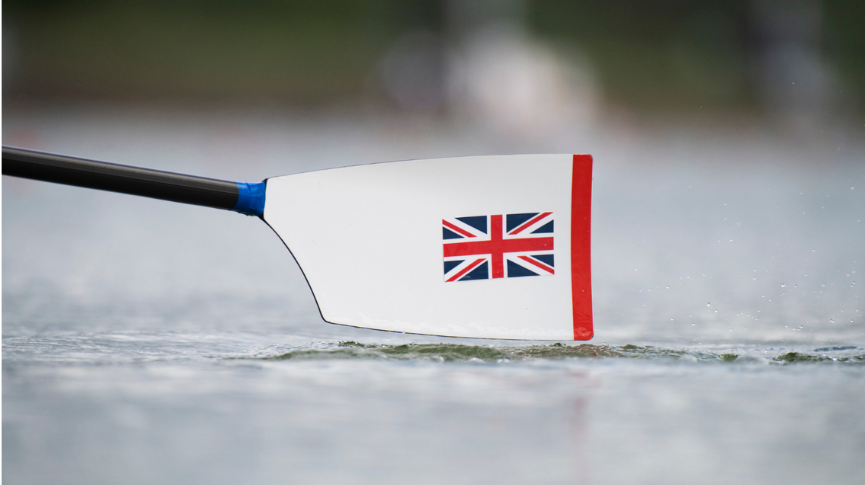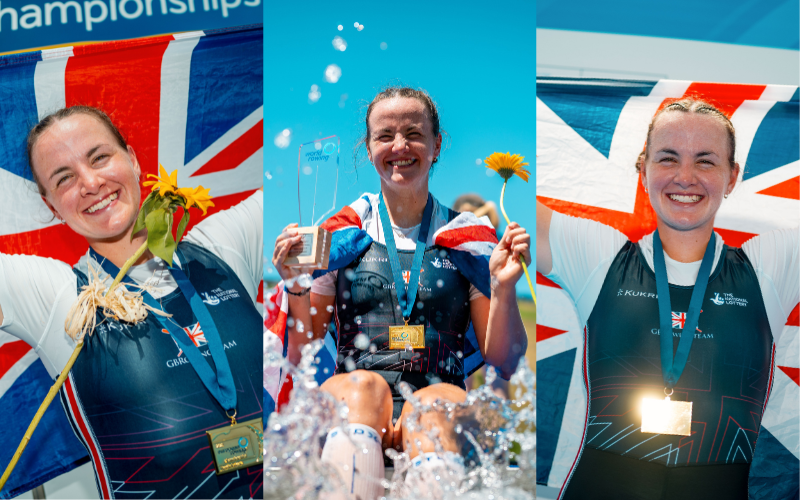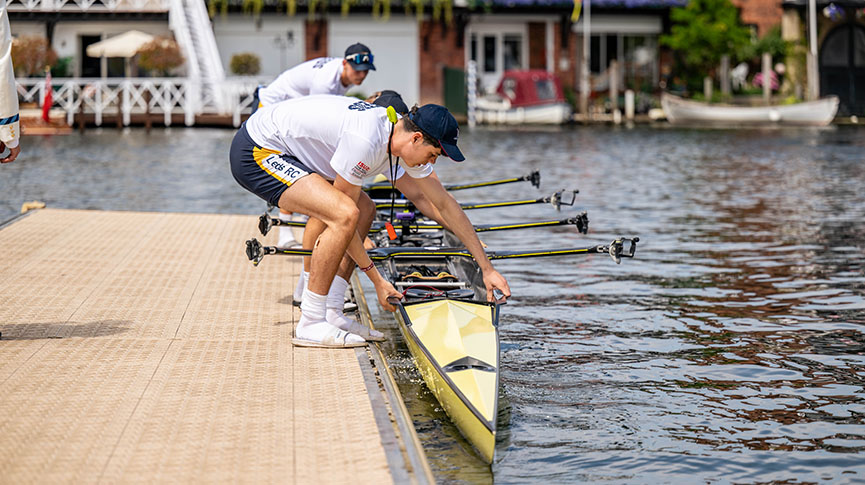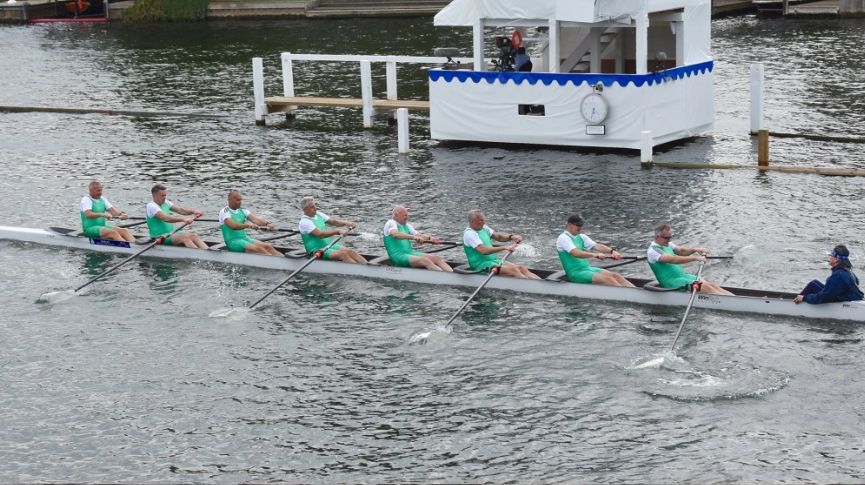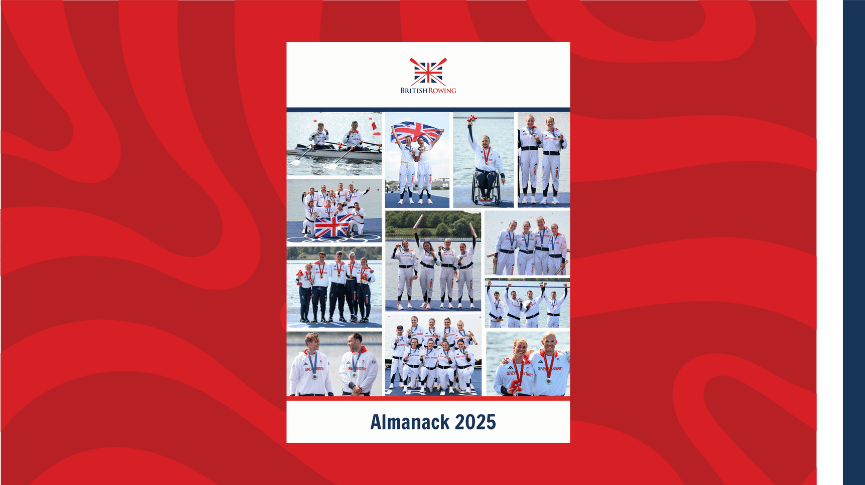Indoor rowing as cross training for other sports
Indoor rowing offers numerous performance benefits to different sports when incorporated into training plans, as Go Row Indoor Instructor Clare Holman explains
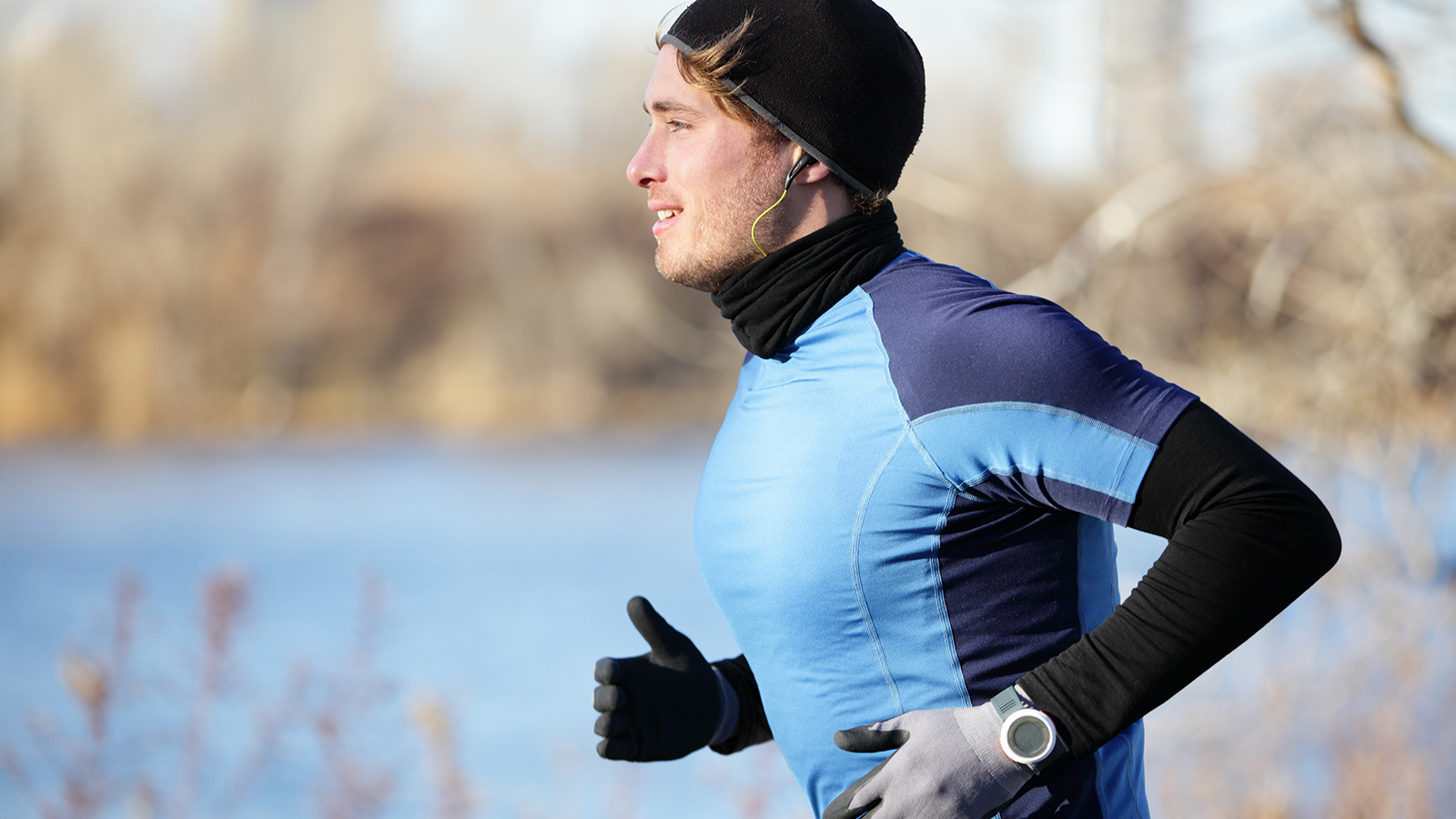
The indoor rowing machine provides a highly efficient cardiovascular and fat-burning workout, where you can burn over 300 calories in 30 minutes. The rowing stroke also works 85% of the muscles in your body across nine major muscle groups including the back and shoulders, glutes, legs, arms and core.
This makes it the single most effective piece of equipment for a total body workout which, combined with the additional benefits it provides for core strength and flexibility, means that incorporating indoor rowing into your training will see you make changes to your health and fitness, fast.
For these reasons, indoor rowing is a powerful tool in training for any sport. Go Row Indoor Instructor Clare Holman explains how and why it benefits all manner of sports, and shows you how you can incorporate the rowing machine into your training.
Running/Athletics
Why is rowing good for runners?
Runners need:
- Stamina – aerobic training contributes up to 85-99% of the energy needed to race.
- Strong core and glutes – this makes it easier to stay upright, even when you’re tired, and avoid leaning too far forward from your hip, which can lead to injury.
- Flexibility – in muscles, tendons, ligaments and joints. Any restrictions will limit your range of motion.
- Coordination – when the upper and lower body work together in unison, it spreads the work of running over the whole body and takes the load off any single muscle group. The general rule is that your upper body and lower body should be doing equal amounts of work.
Rowing provides a cardiovascular workout whilst also recruiting a large proportion of upper body and lower body muscles, adding strength training at the same time. Being non-impact, it is also the ideal rehab exercise for those suffering from common running injuries, and the wide range of motion promotes flexibility in your muscles and joints.
Training suggestions:
Long distance training – 2 min row @ 20 SPM (strokes per minute), 2 min row @ 22 SPM, 2 min row @ 24 SPM, 2 min row @ 26 SPM, 2 min row @ 24 SPM, 2 min row @ 22 SPM, 2 min row @ 20 SPM = 14 minutes total.
Sprint training – 1 min row, 90 second rest x 3, 3 minutes rest, 1min row, 90 second rest x 3.
Always perform a suitable warm up before starting your session and remember to include an appropriate cool down and stretch after.
Cycling
Why is rowing good for cyclists?
Rowing is one of very few training activities that can produce a high-intensity upper body workout, help increase power output and provide the stimulus for maintaining aerobic fitness at the same time. Cyclists will benefit from further development to their aerobic systems whilst also building parts of the body that cycling just can’t touch.
Training suggestion:
Endurance training pyramid – 3 min row @ 20 SPM, 2 min row @ 22 SPM, 1 min row @ 24 SPM, 1 min row @ 26 SPM, 1 min row @ 24 SPM, 2 min row @ 22 SPM, 3 min row @ 20 SPM = 13 minutes total.
Rugby Union/Rugby League
Why is rowing good for rugby players?
Rugby players need whole body aerobic fitness and rowers are generally recognised as athletes with amongst the greatest aerobic capacity. There are very few training activities that can produce a high intensity upper body workout, help increase power output and provide the stimulus for cardiovascular improvements at the same time.
Due to the demands of the game, rugby players also need to avoid too much impact whilst cross-training, to minimise the stresses put on their bodies. Rowing provides the necessary stimulus to maintain aerobic and anaerobic fitness whilst being non-impact.
Training suggestions:
Forwards training – 1 min row, 1 min rest x 3, 3 min rest, 30s row, 1 min rest x 4.
Backs training – 100m row on the minute, every minute for 5 minutes, taking the remainder of the minute off.
Aerobic fitness training – 1000m row, 4 mins rest, 1000m row. Aim to equal your time from the first row.
Triathlon
Why is rowing good for triathletes?
Rowing develops strength, power and aerobic endurance simultaneously, with explosive leg power coming from the drive phase of rowing.
Rowing builds upper body and core strength, and the arm pull-through phase mimics the catch phase of a swim stroke. It is also a great tool for increasing the range of motion in the shoulders and back. Additionally, in one rowing workout, major muscle groups for swimming, biking and running are put to work with no transition required.
Training suggestion:
Progressive endurance session – 4 min row @ 22 SPM, 3 min row @ 24 SPM, 2 min row @ 26 SPM, 1 min row @ 28 SPM.
If this has inspired you to give rowing a try, why not also have a go at one of British Rowing’s Go Row Indoor 20 minute workout videos? They are short yet highly effective – considered a HIIT workout, the videos really pack a punch and are free to access on the British Rowing YouTube channel, making it an effective option for those who are short on time.



